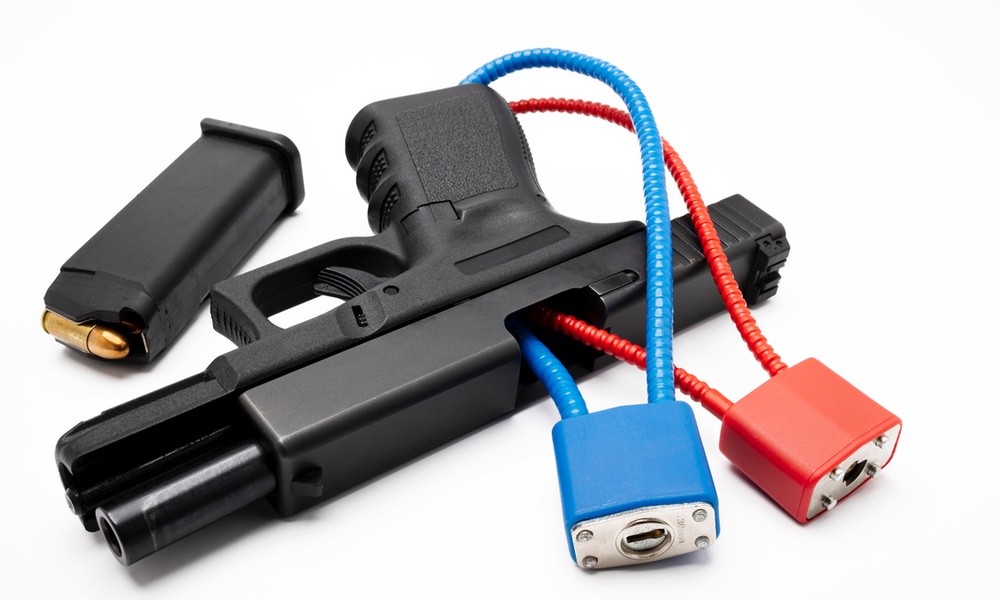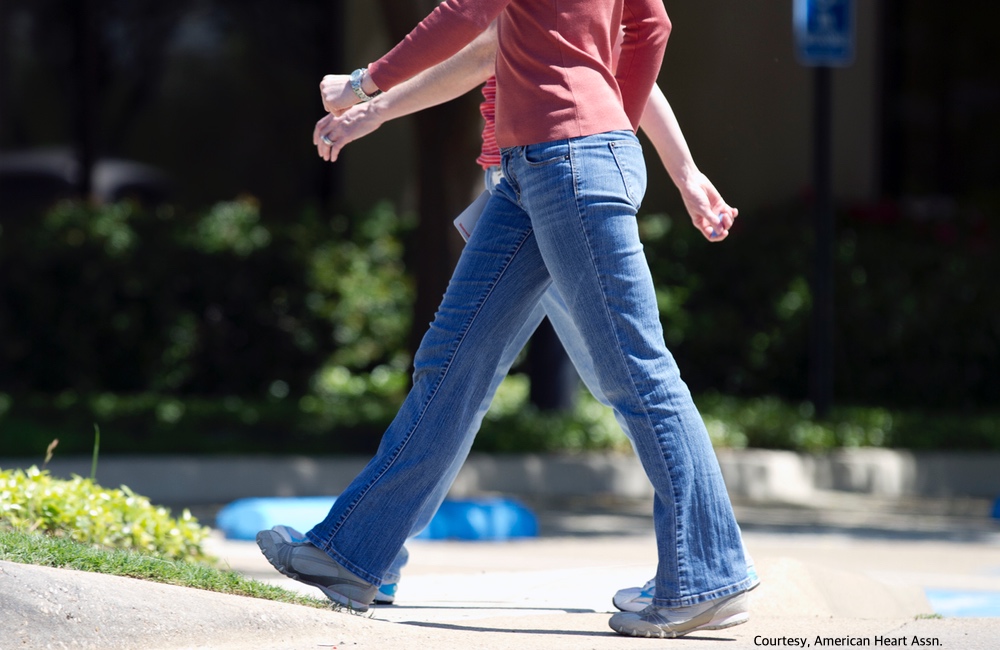About 40, 000 people are victims of fatal firearm injuries every year. However, more than twice as many, about 85,000 people, survive these injuries. For those who survive gunshots, however, the effects of the injuries can be costly and far-reaching.
Researchers at Harvard Medical School found survivors of firearm injuries are at increased risk for mental health and substance use disorders, and incur increased healthcare costs. Their families also face a greater long-term risk for mental health disorders after a loved one’s injury.
“We as providers and we as a society in general can better anticipate the clinical needs of firearm injury survivors,” Zirui Song, lead author on the study, told TheDoctor. For example, after firearm injuries providers can screen patients for mental health effects and monitor how pain medications are prescribed, to reduce the risk of substance use disorders. They can also watch for substance misuse in the months following the injury, he added, and anticipate the effects on patients’ family members.
Data from private insurance claims and Medicare over a 10-year period were analyzed. The type of medical care received and the cost of care for about 6, 500 survivors of nonfatal firearm injuries were compared to that of almost 32, 500 demographically- and clinically-matched control participants. The type and cost of care for 12,500 members of survivors’ families were compared to that for about 62,500 control participants.Direct medical spending increased by almost $2,500 per person per month in the year following a firearm injury. During the first month after the injury, medical spending increased by over $25,000.
Insurance payments and out-of-pocket costs were included in the analysis. Survivors’ records from one year before their injury served as a baseline measurement.
Direct medical spending increased by almost $2,500 per person per month in the year following a firearm injury. Cost sharing, including co-pays and deductibles, increased by an average of $102 per person per month compared to controls. The biggest increases were incurred during the first month after the injury. Medical spending rose by about $25,500 per person for that month and cost sharing by more than $1,100 per person.
Survivors of gun violence had a 40 percent increase in pain diagnoses, a 51 percent increase in mental health disorders, such as anxiety, depression and post-traumatic stress disorder, and an 85 percent increase in substance use disorders following their injury, compared to controls. Family members of survivors had a 12 percent increase in mental health disorders.
It is certainly good news when a person survives a bullet wound, but as this study makes clear, it is far from the end of the story. These hidden costs of gun violence have long been known. But they are often overlooked when the effects of guns on health are tallied.
The study is published in Annals of Internal Medicine.





